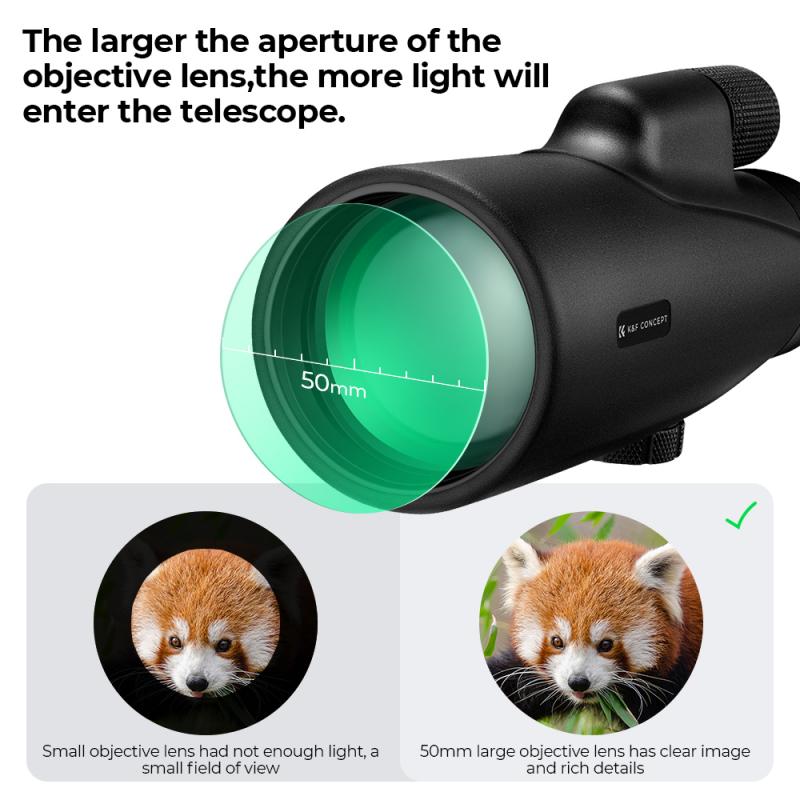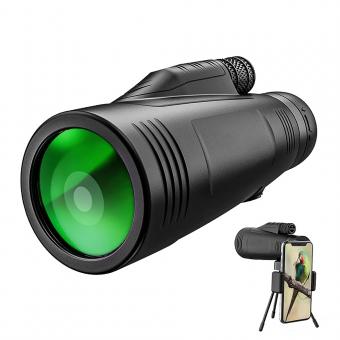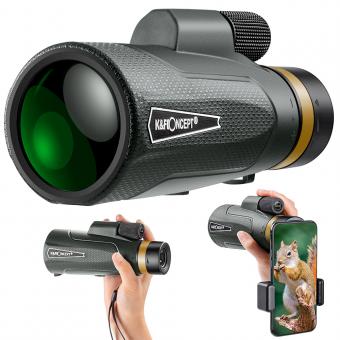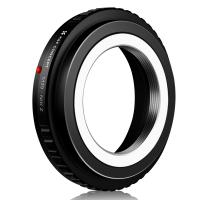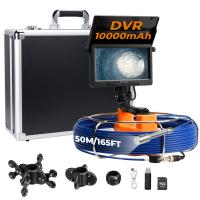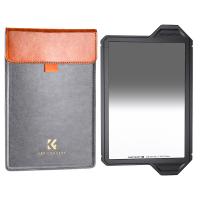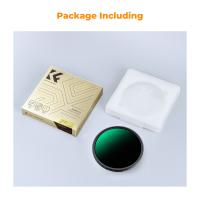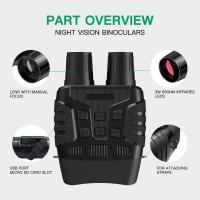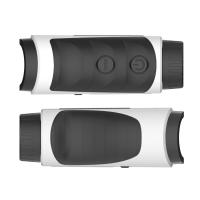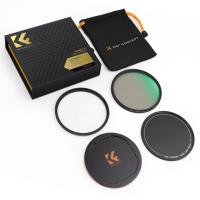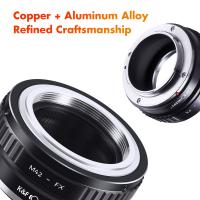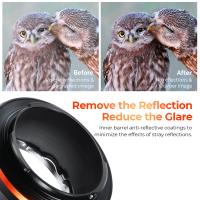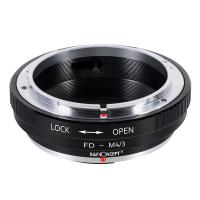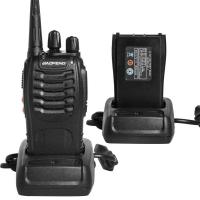How To Make A Monocular Telescope ?
To make a monocular telescope, you will need a few basic materials. Start by obtaining a convex lens, which will serve as the objective lens of the telescope. Next, find a small tube or cylinder that can act as the body of the telescope. Attach the convex lens to one end of the tube, ensuring it is securely fixed in place.
To create the eyepiece, you will need a concave lens. Attach the concave lens to the other end of the tube, again making sure it is firmly attached. The distance between the two lenses will determine the magnification of the telescope, so experiment with different distances to achieve the desired result.
Once the lenses are in place, you can use the monocular telescope by looking through the eyepiece and adjusting the focus by moving the tube in or out. Keep in mind that the quality of the lenses used will impact the clarity and sharpness of the image.
1、 Choosing the right lens for your monocular telescope
Choosing the right lens for your monocular telescope is crucial in order to achieve optimal magnification and clarity. Here is a guide on how to make a monocular telescope and select the appropriate lens for it.
To make a monocular telescope, you will need a few basic materials. Start by obtaining a small, high-quality convex lens. This can be purchased from a specialty optics store or salvaged from an old camera or binoculars. Next, find a sturdy tube or cylinder that can serve as the body of your monocular telescope. This can be made from PVC pipe or even a cardboard tube. Attach the lens to one end of the tube, ensuring it is securely fastened. Finally, create an eyepiece by cutting a small hole in the opposite end of the tube and covering it with a piece of clear plastic or glass.
Now, let's discuss selecting the right lens for your monocular telescope. The most important factor to consider is the focal length of the lens. A longer focal length will result in higher magnification, but it may also reduce the field of view. Conversely, a shorter focal length will provide a wider field of view but with lower magnification. It is important to strike a balance between these two factors based on your specific needs and preferences.
Additionally, consider the quality of the lens. Look for lenses made from high-quality glass that are free from imperfections or distortions. Coated lenses can also help reduce glare and improve image quality.
Lastly, keep in mind the latest advancements in lens technology. Manufacturers are constantly developing new lens materials and coatings that can enhance image quality and reduce aberrations. Stay informed about these advancements to ensure you are selecting the best lens for your monocular telescope.
In conclusion, making a monocular telescope is a relatively simple process, but selecting the right lens is crucial for optimal performance. Consider factors such as focal length, lens quality, and the latest advancements in lens technology to ensure you achieve the best possible viewing experience.
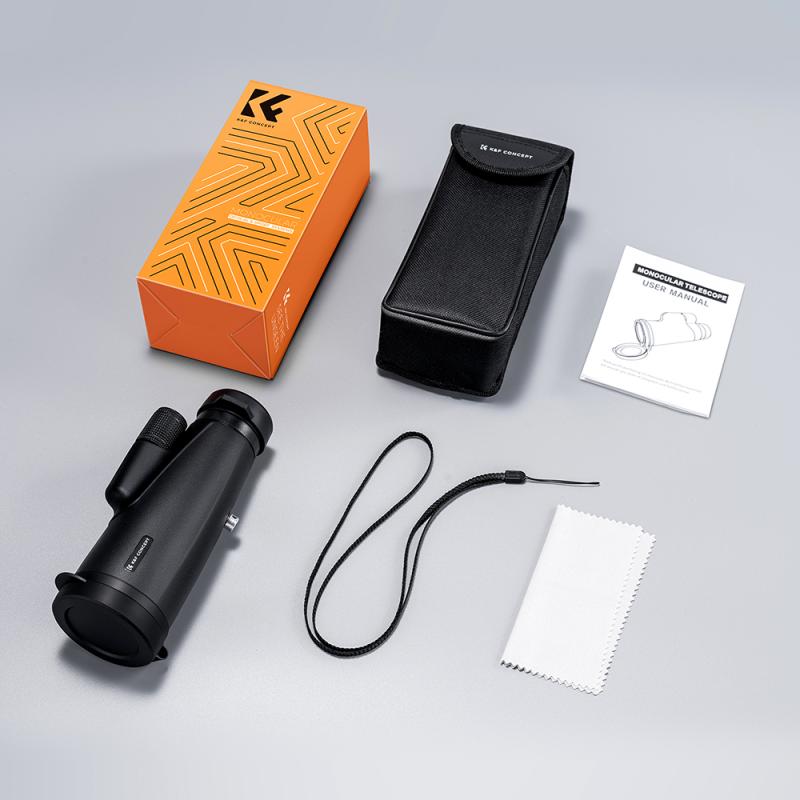
2、 Assembling the monocular telescope body and eyepiece
To make a monocular telescope, you will need a few materials and some basic tools. Here is a step-by-step guide on assembling the monocular telescope body and eyepiece:
1. Gather the materials: You will need a convex lens, a cylindrical tube (preferably made of metal or sturdy plastic), a lens cap, a tripod (optional but recommended for stability), and some adhesive or tape.
2. Start by attaching the convex lens to one end of the cylindrical tube. Ensure that the lens is securely fixed in place. You can use adhesive or tape to hold it in position.
3. Next, attach the lens cap to the other end of the cylindrical tube. This will protect the lens when not in use and prevent any damage.
4. Adjust the focus: To achieve a clear image, you may need to adjust the distance between the lens and the object you are observing. This can be done by sliding the lens back and forth within the tube until the desired focus is achieved.
5. Optional: If you have a tripod, attach the monocular telescope to it for added stability. This will help minimize any shaking or movement while observing distant objects.
It is important to note that making a monocular telescope at home may not provide the same level of quality and magnification as commercially available telescopes. However, it can still be a fun and educational project to explore the wonders of the night sky or observe distant objects during the day.
Always exercise caution when using a monocular telescope, especially when observing the sun. Directly looking at the sun without proper filters can cause severe eye damage.
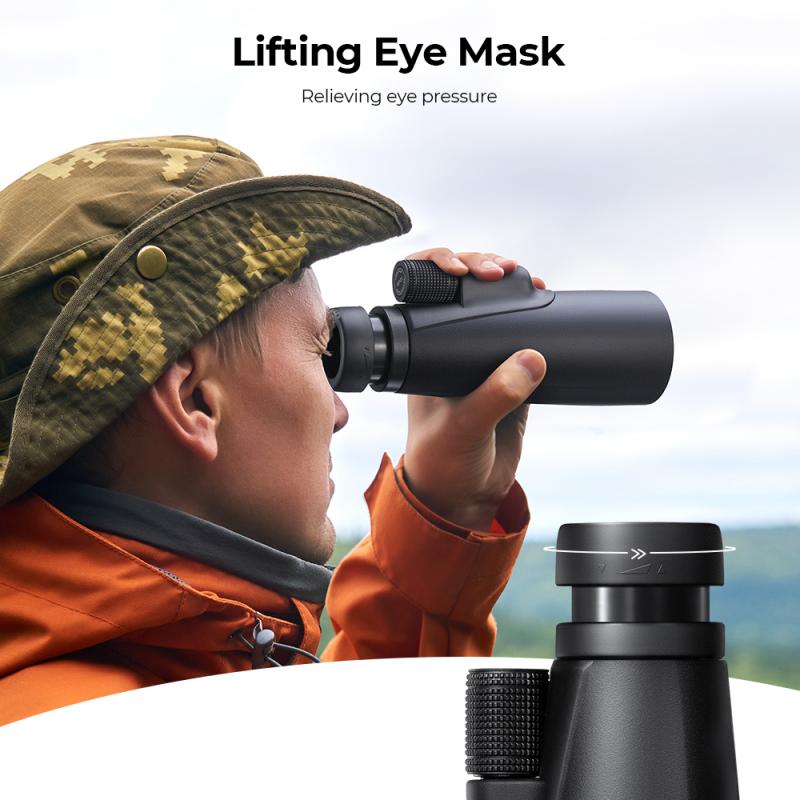
3、 Adjusting focus and magnification on your monocular telescope
Adjusting focus and magnification on your monocular telescope is essential to ensure a clear and detailed view of distant objects. Here's a step-by-step guide on how to make a monocular telescope and adjust its focus and magnification:
1. Gather the materials: You will need a small convex lens, a small concave lens, a cardboard tube, a small piece of aluminum foil, tape, and scissors.
2. Construct the telescope: Cut the cardboard tube to a desired length, ensuring it is long enough to hold the lenses. Attach the convex lens to one end of the tube using tape. Then, attach the concave lens to the other end of the tube, making sure it faces the convex lens. Secure it with tape.
3. Adjust the focus: To adjust the focus, move the concave lens closer or farther away from the convex lens. Experiment with different distances until you achieve a clear image. You can also try adding or removing small pieces of tape to fine-tune the focus.
4. Enhance magnification: To increase magnification, you can add an additional convex lens to the telescope. Place it between the existing convex lens and the object you are observing. This will increase the magnification power of your monocular telescope.
5. Use the aluminum foil: If you find that the image is too bright or washed out, you can create a makeshift aperture by cutting a small piece of aluminum foil and taping it over the convex lens. This will help control the amount of light entering the telescope and improve image quality.
It's important to note that making a monocular telescope at home may not provide the same level of quality and precision as commercially available telescopes. However, it can still be a fun and educational project to explore the wonders of the night sky or observe distant objects during the day.

4、 Adding stability and tripod options for your monocular telescope
How to Make a Monocular Telescope:
Making a monocular telescope can be a fun and rewarding project for any DIY enthusiast. Here's a step-by-step guide on how to make your own monocular telescope:
1. Gather the materials: You will need a small, high-quality lens, a sturdy tube (such as a PVC pipe), a lens mount, and some adhesive.
2. Cut the tube: Measure and cut the tube to a length that suits your desired magnification. Make sure the tube is long enough to hold the lens securely.
3. Attach the lens mount: Use adhesive to attach the lens mount to one end of the tube. Make sure it is centered and secure.
4. Insert the lens: Carefully insert the lens into the lens mount, ensuring it is positioned correctly for optimal viewing.
5. Secure the lens: Use adhesive or a lens ring to secure the lens in place, ensuring it doesn't move or fall out.
6. Test and adjust: Hold the monocular telescope up to your eye and test the focus. If needed, adjust the position of the lens to achieve a clear image.
Adding Stability and Tripod Options for Your Monocular Telescope:
While making your own monocular telescope can be a great DIY project, it's important to consider stability and tripod options to enhance your viewing experience. Here are some suggestions:
1. Tripod mount: Attach a tripod mount to the bottom of your monocular telescope. This will allow you to easily mount it on a tripod for added stability and hands-free viewing.
2. Tripod selection: Choose a sturdy tripod that can support the weight of your monocular telescope. Look for one with adjustable legs and a pan/tilt head for smooth movement.
3. Image stabilization: Consider investing in a monocular telescope with built-in image stabilization technology. This feature helps reduce hand shake and provides a steadier image, especially at higher magnifications.
4. Monopod option: If a tripod is too bulky for your needs, consider using a monopod. It provides some stability while still allowing for easy mobility.
5. Anti-vibration mounts: Attach anti-vibration mounts to your tripod or monopod to further reduce any shaking or vibrations that may affect the image quality.
Remember, when using a monocular telescope, it's important to find a stable position and avoid sudden movements to ensure a clear and steady view.
